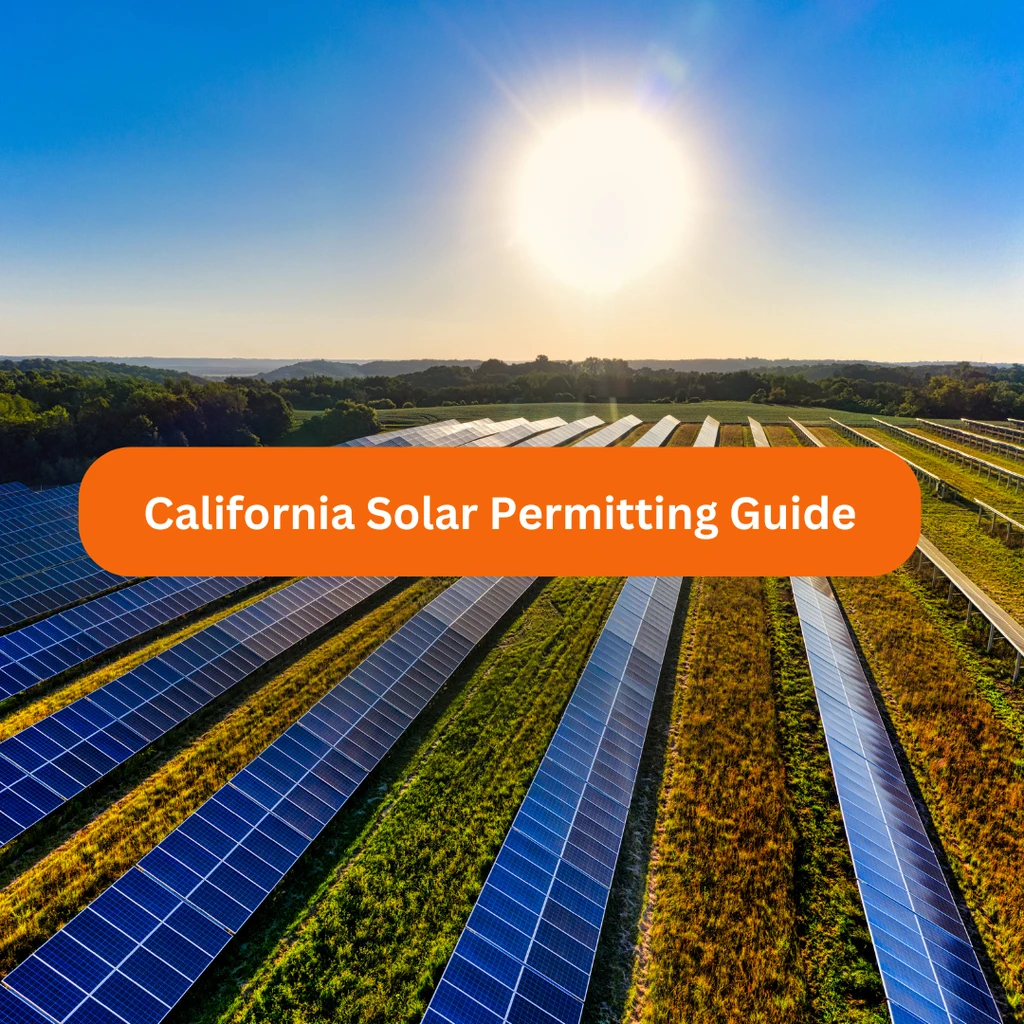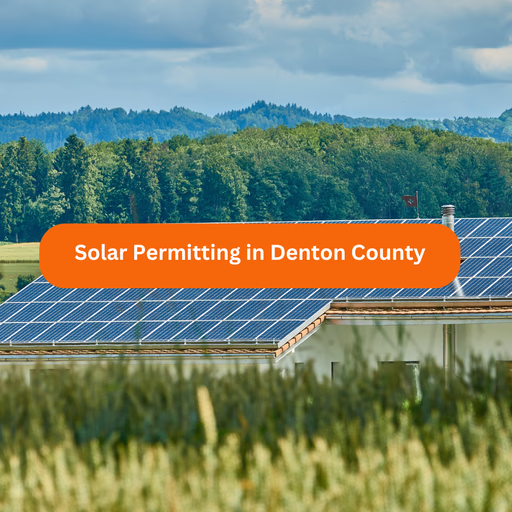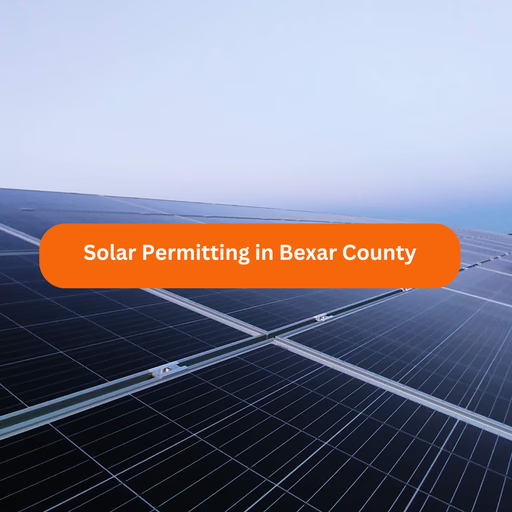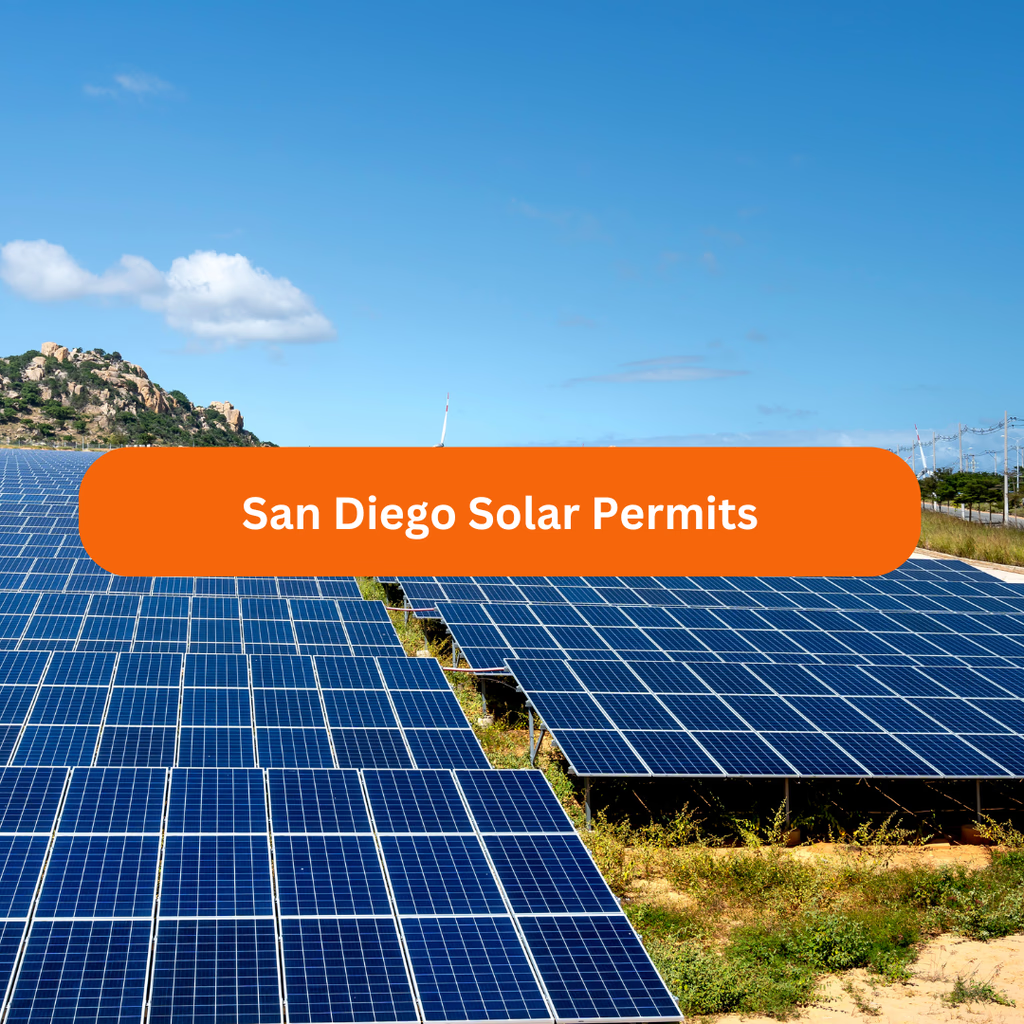When considering an off-grid solar system in California, one of the most important factors to consider is whether a permit is required. Off-grid solar systems are increasingly popular for homes and properties not connected to the electrical grid, as they provide a reliable, sustainable energy source. However, like any electrical or structural installation, setting up an off-grid solar system can involve legal and regulatory steps that must be followed to ensure safety, compliance, and legality. In this article, we’ll explore whether you need a permit for off-grid solar in California and the process of obtaining one.
What is an Off-Grid Solar System?
An off-grid solar system is designed to function independently of the main power grid. It relies on solar panels to generate electricity, which is then stored in batteries for use when the sun isn’t shining. Unlike grid-tied solar systems, which are connected to the utility network and allow for two-way electricity flow, off-grid systems are completely self-contained. These systems are typically used in remote areas, rural properties, cabins, or RVs where access to the electrical grid is not available or cost-effective.
Components of an off-grid system include solar panels, charge controllers, batteries for energy storage, and inverters to convert DC power into usable AC power. Depending on the size of the system, these installations can range from small, portable solar setups to large, complex systems capable of powering an entire home.
How to Go Off Grid with Solar in California
Going off-grid with solar power in California requires more than just installing solar panels. The transition to off-grid living involves careful planning and several important steps. Here’s how you can make the move:
- Evaluate Your Energy Needs: The first step in going off-grid is determining how much energy you use on a daily basis. This includes appliances, lighting, heating, and any other systems you use. It’s essential to accurately calculate your energy consumption to size your solar system correctly.
- Select the Right Solar Components: An off-grid solar system is made up of several components, including solar panels, batteries, inverters, and charge controllers. You’ll need to select equipment that meets your energy needs while also considering the space available and your budget.
- Prepare Your Property: Ensure your property is suitable for solar installation. This includes assessing the sunlight exposure, as you’ll need a location that gets plenty of direct sunlight throughout the day. You may need to clear trees or obstacles that could block sunlight from reaching your panels.
- Install the System: You can either install the system yourself or hire a professional contractor to handle the installation. If you’re building your system from scratch, you’ll need to follow local codes and regulations to ensure that everything is done safely and legally.
- Battery Storage: Off-grid systems rely on battery banks to store electricity for use at night or during cloudy days. Choosing the right battery storage capacity is essential for ensuring that you have a reliable power source.
- Permits and Inspections: As we discussed, California law requires permits for the installation of most off-grid solar systems. Be sure to check with your local jurisdiction to understand the permitting process before beginning installation.
Components of an Off-Grid Solar System
An off-grid solar system requires a combination of specialized components to generate, store, and distribute electricity. These systems are self-contained, meaning they are not dependent on the electrical grid for power. The essential components include:
- Solar Panels: The heart of any solar system, solar panels capture sunlight and convert it into electricity. Off-grid solar systems typically use photovoltaic (PV) panels, which produce direct current (DC) electricity.
- Charge Controller: A charge controller regulates the voltage and current coming from the solar panels to prevent overcharging of the batteries. This is crucial for maintaining the health and longevity of your battery bank.
- Battery Storage: Since an off-grid system isn’t connected to the grid, energy storage is necessary to provide power when the sun isn’t shining. Batteries store excess energy generated during the day for use at night or on cloudy days. Common types of batteries include lead-acid, lithium-ion, and saltwater batteries.
- Inverter: An inverter converts the DC electricity from the solar panels and batteries into alternating current (AC), which is the form of electricity used by most household appliances. Some off-grid systems use hybrid inverters that can also function as charge controllers.
- Wiring and Electrical Components: Proper wiring, breakers, and disconnects ensure that the system operates safely. All wiring must be compliant with local electrical codes to prevent electrical hazards.
Is Off-Grid Solar Legal in California?
Yes, off-grid solar systems are legal in California. However, there are specific laws, zoning regulations, and building codes that must be followed to ensure that the installation is safe and compliant. While off-grid systems are allowed, some restrictions may apply, especially in urban or residential areas where zoning laws can affect where you can place your solar panels or battery banks.
Local building departments will typically have regulations regarding the installation of electrical systems, which applies to off-grid solar installations as well. Therefore, it’s crucial to obtain the necessary permits and have your system inspected by local authorities to ensure compliance with California’s electrical, fire, and building safety codes.
What are the Benefits of Off-Grid Systems in California?
There are several advantages to using an off-grid solar system in California, particularly for those living in rural or remote areas. Some of the benefits include:
- Energy Independence: One of the main reasons people opt for off-grid solar systems is to become independent from the utility grid. This is especially important for those who live in areas with unreliable or expensive electricity access.
- Cost Savings: Although the initial cost of installing an off-grid solar system can be high, in the long run, it can save money by eliminating monthly electricity bills. There are also various incentives and tax credits available for renewable energy installations.
- Sustainability: Off-grid solar systems are a renewable energy source, reducing reliance on fossil fuels and helping to combat climate change. They are an eco-friendly option that promotes sustainability.
- Resilience During Emergencies: Off-grid solar systems are not affected by power outages or grid failures. In areas prone to natural disasters like wildfires or earthquakes, having an off-grid solar system can provide crucial backup power.
What are the Drawbacks of Off-Grid Systems in California?
While off-grid solar systems offer numerous benefits, they also come with some drawbacks:
- High Initial Costs: The upfront costs of purchasing and installing an off-grid solar system can be expensive. The system requires several components like solar panels, batteries, inverters, and charge controllers, all of which add to the overall cost.
- Energy Storage Limitations: Off-grid systems rely heavily on battery storage to provide power when the sun isn’t shining. Battery technology is improving, but current options can still be expensive, and battery capacity may limit the amount of power available at night or during cloudy days.
- Maintenance and Upkeep: Off-grid systems require regular maintenance to ensure everything is functioning correctly. Batteries may need to be replaced every 5 to 10 years, and other system components will require periodic inspections.
- Space Requirements: Off-grid solar systems, particularly larger ones that provide power to a home, need significant space for panels and battery banks. This can be an issue if the property is small or has limited sun exposure.
California Off-Grid Laws
California’s legal framework for off-grid solar systems is governed by both state and local regulations. At the state level, laws such as the California Building Standards Code and the National Electrical Code (NEC) set the standards for safety, installation, and operation of solar systems. These codes ensure that solar systems are installed safely and don’t pose any risks to the property or surrounding areas.
Local jurisdictions (cities and counties) may also have their own rules and requirements for off-grid systems. These may include specific zoning laws that affect where solar panels can be placed or restrictions on the use of certain types of batteries. For example, some areas may have rules regarding the aesthetic placement of solar panels or fire safety regulations that require the installation of certain types of equipment.
Additionally, California offers various incentives for renewable energy installations, such as rebates and tax credits through programs like the California Solar Initiative (CSI) and the federal Investment Tax Credit (ITC). However, you’ll need to comply with all local building and zoning laws to be eligible for these incentives.
What Happens If You Install Without a Permit?
Installing an off-grid solar system without the proper permits in California can lead to a range of complications, both legal and financial. Here are some potential consequences:
- Fines and Penalties: If authorities discover an unpermitted installation, you may be fined or required to pay for additional inspections. The cost of retroactively obtaining permits and correcting the installation can be significantly higher than obtaining permits upfront.
- Property Sales Issues: If you plan to sell the property later, the absence of permits can complicate the transaction. Potential buyers may be deterred, or you may be required to de-install the system if it was not properly approved.
- Insurance Concerns: Installing an off-grid solar system without permits can invalidate your home insurance policy. In the event of an accident or damage, your insurance may not cover the cost of repairs or replacements.
- Safety Risks: Without inspections and proper permitting, there is a higher risk of faulty installation, leading to potential electrical hazards, fires, or system failures.
How to Apply for a Permit for Off-Grid Solar
The permit application process for off-grid solar systems generally involves several steps:
- Contacting Local Authorities: Your first step should be to contact the local building or planning department to determine the specific requirements for off-grid solar systems in your area. This may include gathering necessary documentation such as system specifications, design plans, and contractor information.
- Submitting Your Application: Once you know what’s required, you can submit your permit application. The application will typically involve submitting system details, a description of the installation process, and possibly engineering drawings.
- Waiting for Approval: After submitting your application, the local authority will review your plans to ensure they meet all building, electrical, and safety codes. If everything is in order, you will be issued a permit. Depending on the jurisdiction, approval may take anywhere from a few days to several weeks.
- Inspection: Once your off-grid solar system is installed, an inspection is typically required to ensure that the system meets all applicable safety standards. This inspection might be conducted by a local building or electrical inspector.
Common Challenges and Pitfalls
Off-grid solar installations can sometimes face unique challenges related to permits. For example, rural or remote areas may have different rules than urban areas, and some regions may impose stricter zoning or aesthetic restrictions. Delays in permit approvals are also common, particularly in areas with high demand for solar installations. Navigating the permitting process can be challenging, but working with a knowledgeable installer or contractor who is familiar with local regulations can help streamline the process.
Alternatives to Permits for Small Off-Grid Solar Systems
In California, small off-grid solar systems that are designed for portable or backup use may not require a permit. For example, if you install a small system with limited electrical output or use portable solar panels for off-grid applications like camping or small appliances, a permit may not be necessary. However, larger systems that provide significant power to an entire building or structure will almost always require permits.
In California, obtaining a permit for an off-grid solar system is usually required to ensure the installation meets local building, electrical, and safety codes. While the process may seem complex, it’s essential for protecting your property, ensuring safety, and complying with state and local regulations. It’s always best to contact your local authorities before beginning your installation to clarify the specific permitting requirements for your off-grid solar system. By following the proper steps, you can enjoy the benefits of renewable energy without the risks of non-compliance.



















































